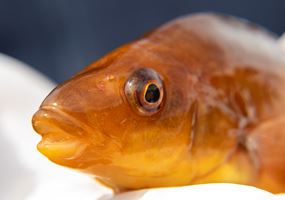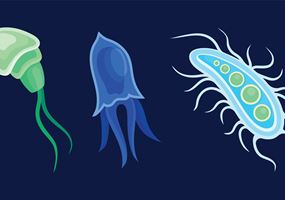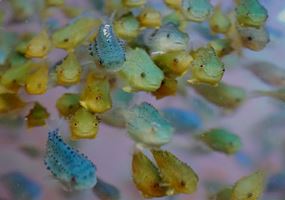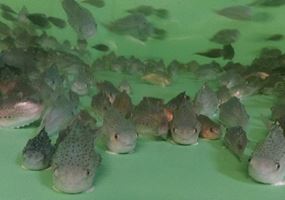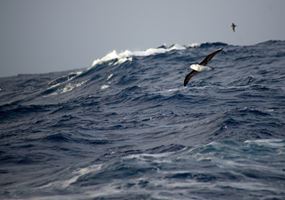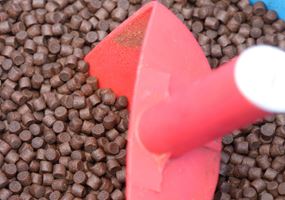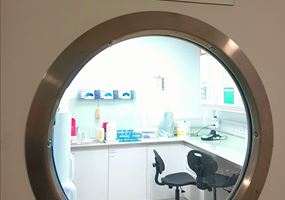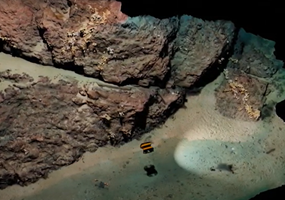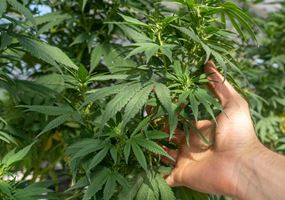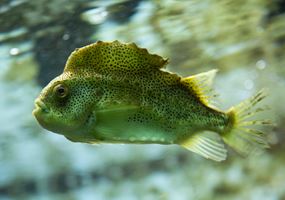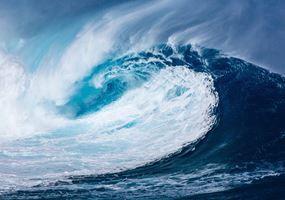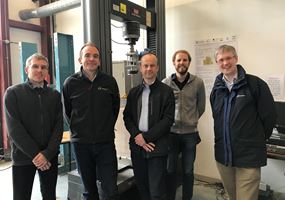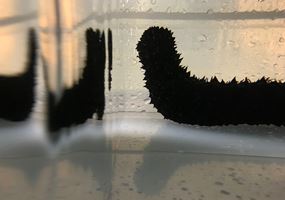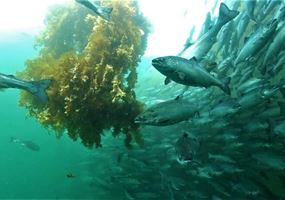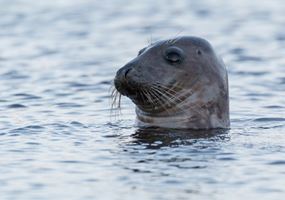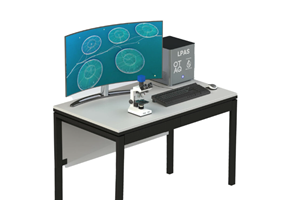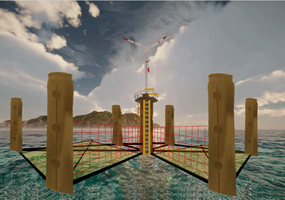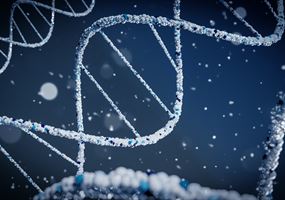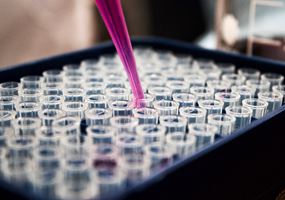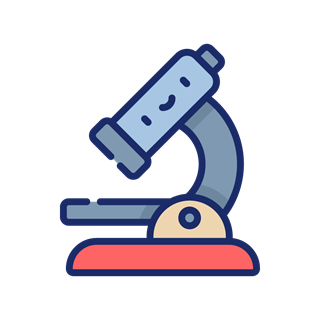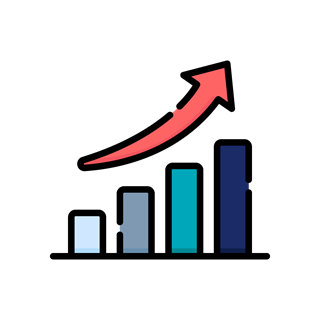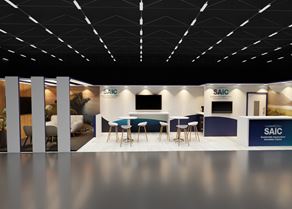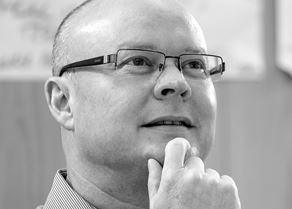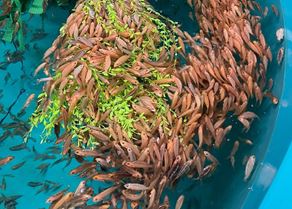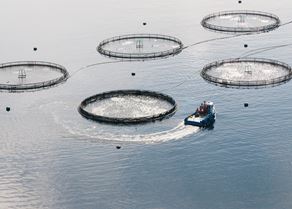Projects
We channel our resources into the areas that will benefit the Scottish aquaculture sector the most, including reducing its environmental footprint and increasing its economic impact.
Sign up to our Newsbites for project updatesThis feasibility study aimed to develop a lab-based challenge model, using lab-reared...
Increased understanding of the use and performance of cleaner fish in farmed environm...
The lumpsucker (lumpfish) is one of the cleanerfish species whose natural behaviour i...
Accurate and reliable predictive modelling of benthic impacts of salmon farming.
Greater adoption of avian proteins; less reliance on imported feed products; sustaina...
An effective, non-medicinal approach to controlling the incidence of sea lice on Scot...
This project investigated the use of oils extracted from fish industry waste to produ...
Hard substrates are often highly complex, making them difficult to sample in, but the...
This first look at sustainably sourced hempseed meal as an alternative protein source...
Improved survivability and efficacy of cleaner fish on Scotland’s salmon farms, with...
Better data on the benthic footprint of exposed sites; improved environmental monitor...
Developing an innovative new anchoring technology for the aquaculture industry to hel...
This project aimed to bridge the gap between fish production and environmental conser...
KelpRing is an innovative new product to support the successful use of cleaner fish (...
This project has provided evidence that there is no negative impact on non-target mar...
This project built and tested a Live Plankton Analysis System (LPAS) prototype that c...
Exploring a modular approach to renewable energy generation in conjunction with aquac...
Developing DNA-based metagenomic methodologies for seabed monitoring and aquaculture...
Total free sulphides as an indicator of aquatic health
Industry-academic collaborations
Some of our projects have a lifetime of less than one year, while others are longer-term, multi-partner collaborations of up to three and a half years. Each project unites industry know-how with specialist academic expertise; something that SAIC works hard to encourage by helping forge the necessary connections.
Priority innovation areas
Our work is focused on catalysing and co-funding innovation in the areas identified by the sector as being top priorities. We call them our priority innovation areas – or PIAs for short.
Over the years, the industry’s priorities for innovation have evolved. Therefore, so too have our PIAs. This helps ensure that we continue to deliver maximum benefit from the combined investment being made. SAIC's three PIAs are 1: Finfish health & welfare, 2: Unlocking sector capacity, and 3: Shellfish and other non-finfish species.
